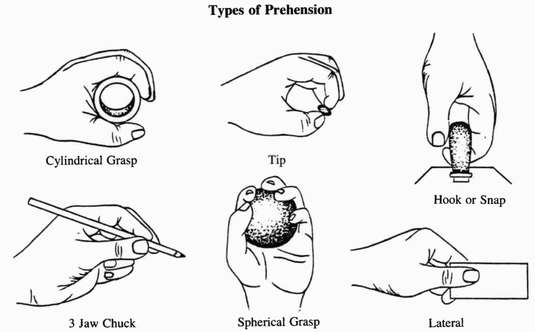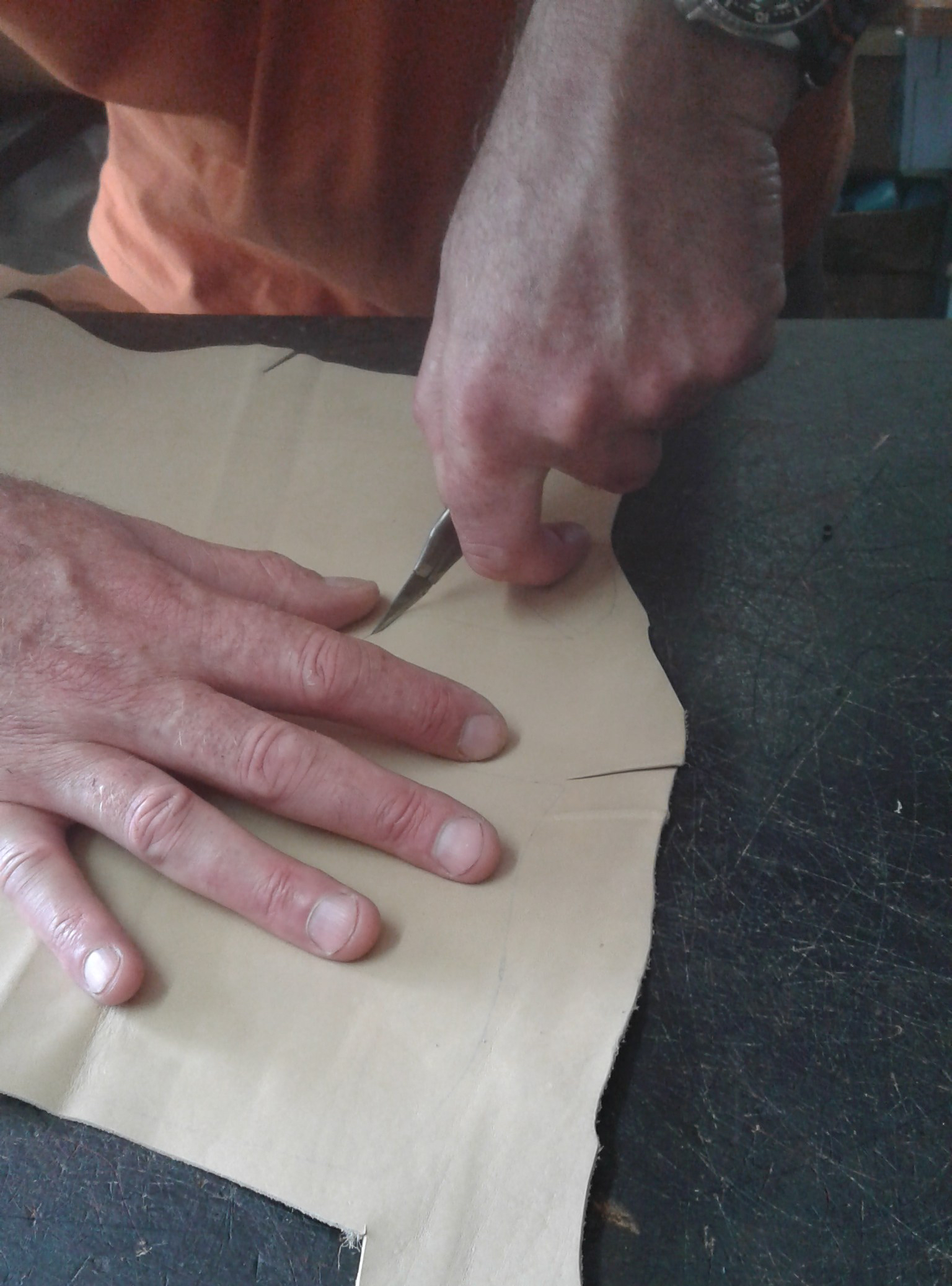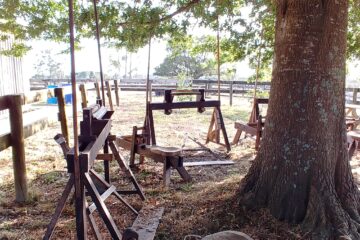Okay, so day two was all about finishing the patterns, and then cutting. Lots of cutting. Basically all day cutting.
So it was also about the tools. The original tool I worked with was a craft scalpel with a disposal blade. Which was fine, but didn’t quite feel right in my hand. I could work with it, but it felt a little light. I also used it with a pencil holding “three finger chuck” grip.

However, once I changed tools, I could move to a different grip, but not quite one of the grips illustrated above. It was more a hook or snap, with an element of the lateral grip.

The thumb is running along the top, behind the hand, in this grip, applying downwards pressure.
What this meant was I could hold the tool firmer, and have what I felt was power and control. That said, Sue. my instructor, did spend much of the day telling me to lower my knife, and hold it less upright, in order to slice the leather, bringing more of the cutting edge to the leather by holding it as a shallower angle. This felt a bit strange, and there was a element of needing to peer around and under the cutting area to determine where the line was.
Its worth noting here that according to Sue lots of the older generation of cutters didn’t mark the leather with outlines at all; they cut around the template. So the hand eye co-ordination to stick to the template, but not continually slice small bits off it is worth noting.
I get the impression that the cutting tools are not that standardised. They are somewhat idiosyncratic. Local traditions, personal preferences, and probably, available tool makers. That said, some of the traditional knives did have a hooked blade like the one below. But my suspicion is, based on the utility of the disposal craft knife in this task as I worked today, is that such traditions were often local styles, in the archaeological lineage sense, in that they were not functional traits in the tradition, rather they were stylistic.

However, you might have a tool that has a certain element of complexity to it, or required a “knack” to use, that was a badge of office. You were a real cordwainer if you used a hooked knife. Otherwise you were a cobbler. Or you were a guild member if you know how to use this tool. Or perhaps, you knew that this tool was in fact completely useless, but you keep ordering them from tool makers anyway, just to be “in the know” down the guildhall over a pint. I betcha there really are tools like that; signals and badges, to the insider; cryptic hard to use functional devices to the casual observer.Like fake streets by map makers, fake words by dictionary makers: all designed to catch out the novice.
So the day ended with lots of leather pieces cut out; both the outer and the inner lining.
Cobbler versus shoemaker versus cordwainer.
Apparently cobblers were forbidden from using new leather, and “up-cycled” shoes from used materials, and repaired shoes. There were guild restrictions from what I gather (Thanks to Louise searching this bit of information out. ) The term for shoemaker was cordwainer, but its not a term in common usage. So Shoemaker appears to be the term used now.


0 Comments